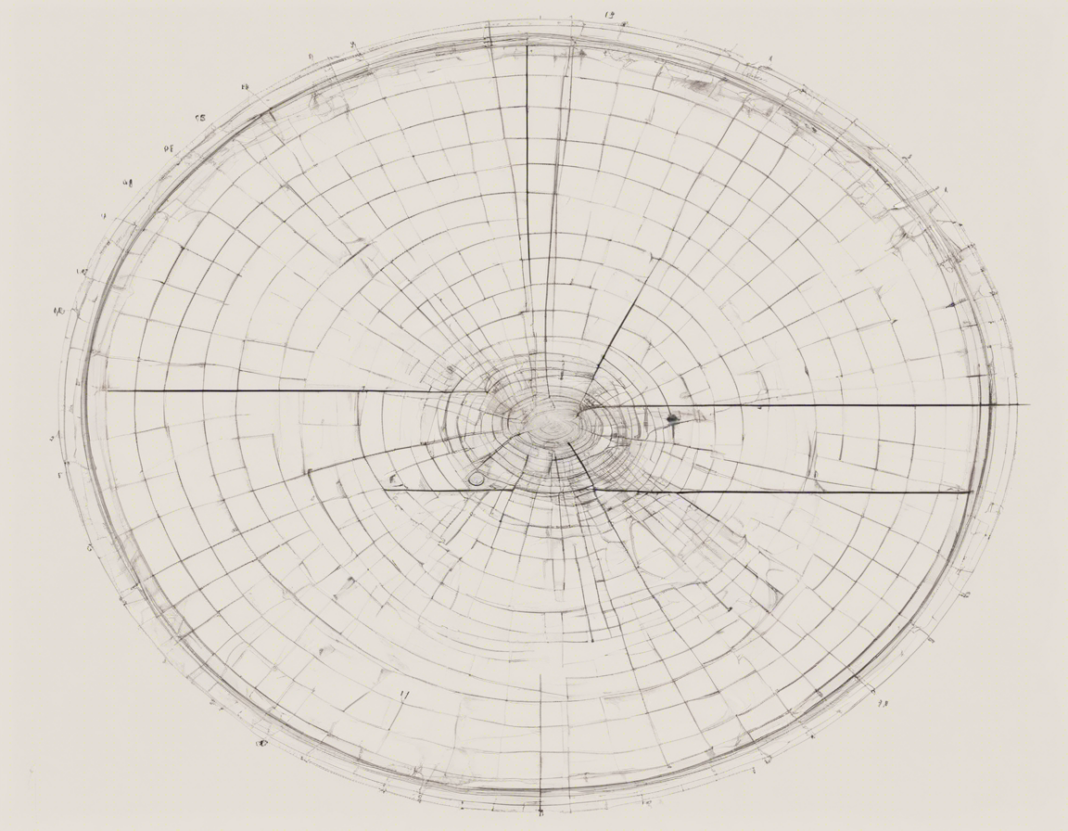Introduction
A circle is a fundamental shape in geometry that has fascinated mathematicians, scientists, and artists for centuries. Its perfect symmetry and mathematical properties make it a subject of study in various fields, from mathematics to art to engineering. In this article, we will delve into the world of circles and specifically focus on a circle with a radius of 21 cm. We will explore the various properties, formulas, and applications of circles with this specific radius to gain a deeper understanding of their significance.
Properties of a Circle with Radius of 21 cm
-
Radius: The radius of a circle is a line segment that connects the center of the circle to any point on the circle. In the case of a circle with a radius of 21 cm, this line segment would measure 21 cm in length.
-
Diameter: The diameter of a circle is twice the length of the radius. For a circle with a radius of 21 cm, the diameter would be 42 cm.
-
Circumference: The circumference of a circle is the distance around the circle. It is calculated using the formula: Circumference = 2 x π x Radius. For a circle with a radius of 21 cm, the circumference would be approximately 131.94689 cm.
-
Area: The area of a circle is the space enclosed by the circle. It is calculated using the formula: Area = π x Radius^2. For a circle with a radius of 21 cm, the area would be approximately 1385.44236 square cm.
-
Central Angle: The central angle of a circle is an angle formed by two radii extending from the center to any two points on the circle. The central angle of a circle is always 360 degrees.
-
Sector: A sector of a circle is a region enclosed by two radii and an arc. The area of a sector can be calculated using the formula: Area of Sector = (Central Angle/360) x π x Radius^2.
-
Arc Length: The arc length of a circle is the length of a portion of the circle’s circumference. It can be calculated using the formula: Arc Length = (Central Angle/360) x 2 x π x Radius.
Formulas for Circles with Radius of 21 cm
-
Circumference: Circumference = 2 x π x 21 cm = 131.94689 cm
-
Area: Area = π x (21 cm)^2 = 1385.44236 square cm
-
Area of Sector: Area of Sector = (Central Angle/360) x π x (21 cm)^2
-
Arc Length: Arc Length = (Central Angle/360) x 2 x π x 21 cm
Applications of Circles with Radius of 21 cm
-
Engineering: Circles with a radius of 21 cm can be found in various engineering applications, such as designing gears, pulleys, and wheels.
-
Architecture: In architecture, circles with a radius of 21 cm can be used in the design of columns, domes, and arches.
-
Art: Artists often use circles as a fundamental shape in their artworks, and a circle with a radius of 21 cm can serve as a base for intricate geometric designs.
-
Physics: Circles with a radius of 21 cm can be encountered in physics equations related to rotational motion, such as calculating the moment of inertia of a rotating object.
-
Navigation: Circle geometry is used in navigation systems to calculate distances and angles, making circles with a radius of 21 cm relevant in mapping and GPS technology.
Frequently Asked Questions (FAQs)
1. What is the difference between the radius and the diameter of a circle?
The radius of a circle is the distance from the center of the circle to any point on the circle, while the diameter is the distance across the circle passing through the center, which is twice the length of the radius.
2. How is the circumference of a circle calculated with a radius of 21 cm?
The circumference of a circle is calculated using the formula: Circumference = 2 x π x Radius. For a circle with a radius of 21 cm, the circumference would be approximately 131.94689 cm.
3. What is the area of a circle with a radius of 21 cm?
The area of a circle is calculated using the formula: Area = π x Radius^2. For a circle with a radius of 21 cm, the area would be approximately 1385.44236 square cm.
4. How can the area of a sector of a circle be determined with a radius of 21 cm?
The area of a sector of a circle can be calculated using the formula: Area of Sector = (Central Angle/360) x π x Radius^2.
5. What are some practical applications of circles with a radius of 21 cm?
Circles with a radius of 21 cm find applications in engineering (designing gears, pulleys), architecture (columns, arches), art (geometric designs), physics (rotational motion), and navigation (mapping, GPS technology).
6. How is the arc length of a circle calculated with a radius of 21 cm?
The arc length of a circle can be calculated using the formula: Arc Length = (Central Angle/360) x 2 x π x Radius.
7. What is the significance of circles with a specific radius in mathematical calculations?
Circles with a specific radius, such as 21 cm, provide a standardized geometric shape for calculations, designs, and problem-solving in various fields due to their well-defined properties and formulas.
Conclusion
In conclusion, circles with a radius of 21 cm offer a fascinating glimpse into the world of geometric shapes and their applications in diverse fields. By understanding the properties, formulas, and applications of circles with this specific radius, we can appreciate the beauty and utility of circles in our everyday lives. Whether in engineering, architecture, art, physics, or navigation, circles with a radius of 21 cm continue to inspire innovation and creativity across different disciplines.

